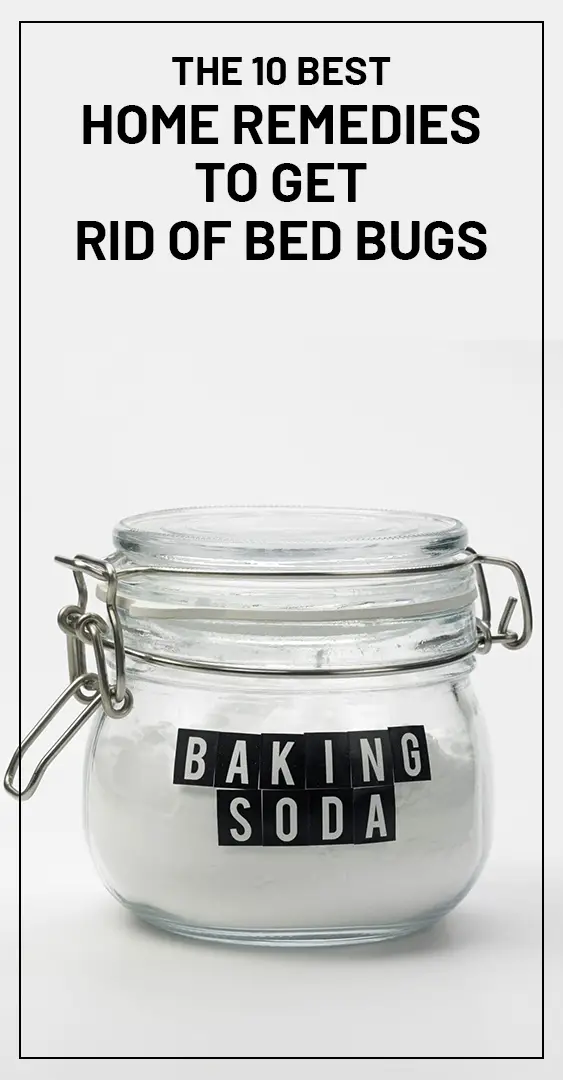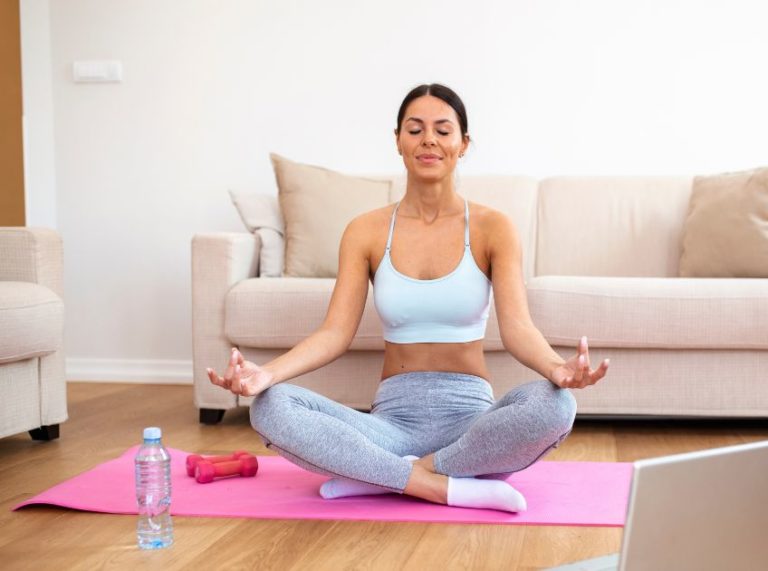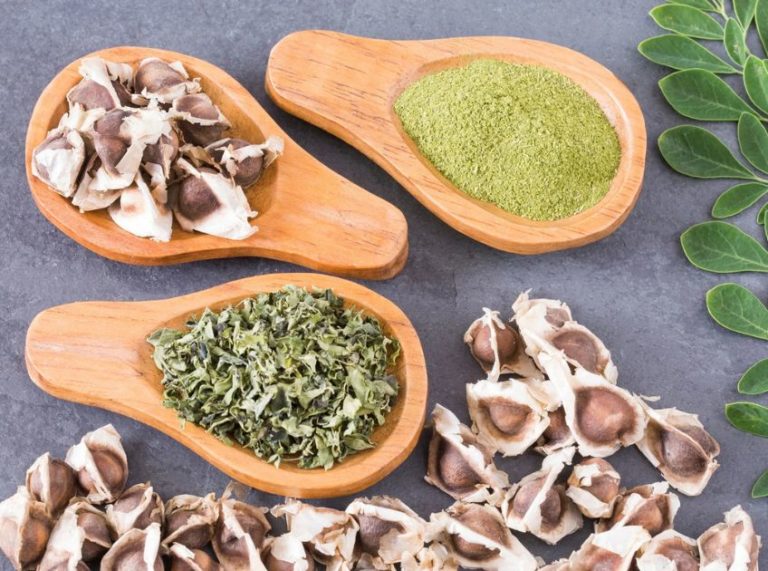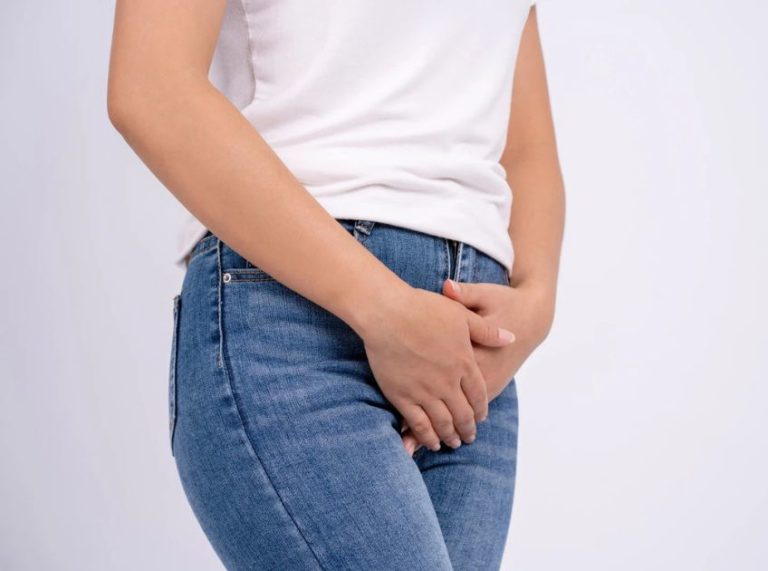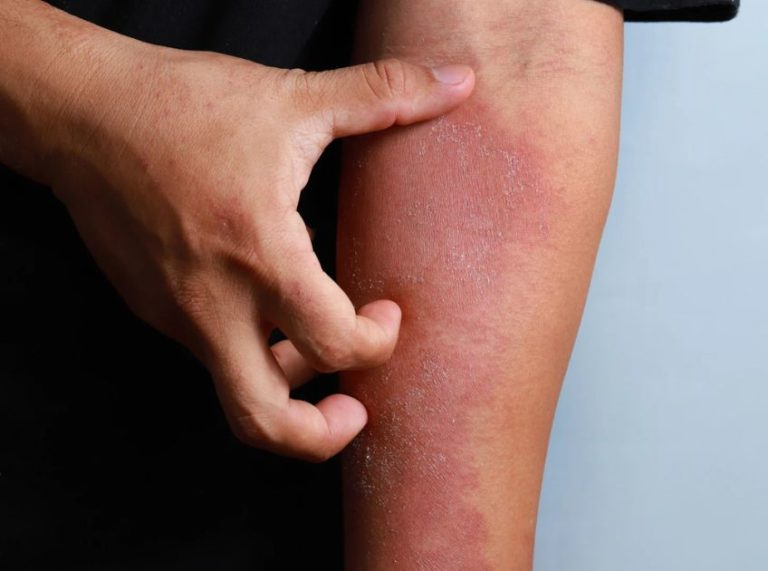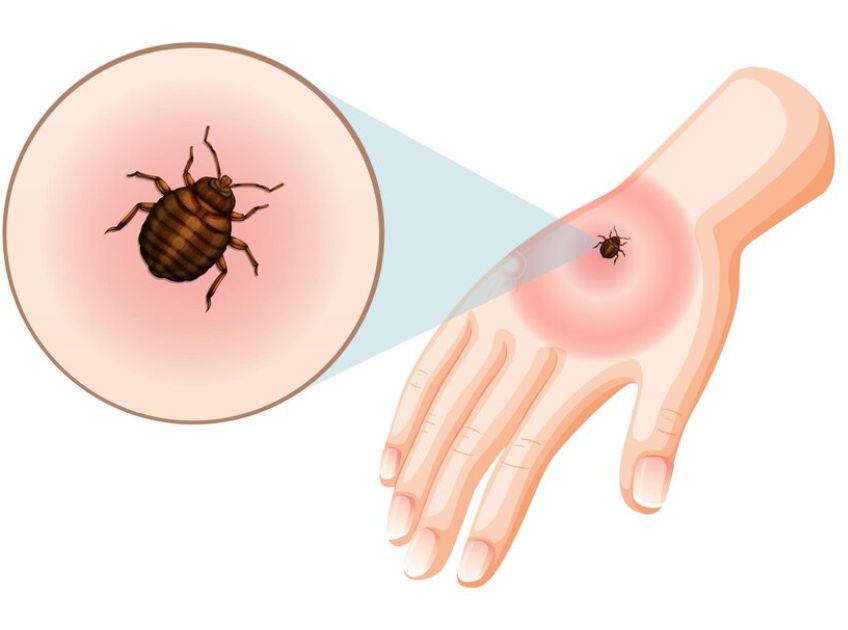
Important: This article is for informational purposes only. Please read our full disclaimer for more details.
Waking up with itchy, red welts can be more than annoying—it could mean bed bugs have bitten you. These tiny pests hide in mattresses, furniture, and even wall cracks, feeding on blood while you sleep. The good news? There are effective home remedies that can reduce itching, swelling, and irritation from bed bug bites without harsh chemicals. This guide explores how to identify bites, differentiate them from others, and treat them naturally using science-backed ingredients.
What Bed Bug Bites Look Like
Bed bug bites often appear as small, red, itchy welts. They typically show up in straight lines or clusters of three to five, often called the “breakfast, lunch, and dinner” pattern. Unlike mosquito bites, they’re usually flat or slightly raised and don’t have a central puncture mark.
Key characteristics
- Red, itchy bumps
- Often in a line or grouped
- No visible bite mark in the center
- May blister or swell in sensitive individuals
Where Do Bed Bugs Typically Bite You?
Bed bugs feed on exposed skin, which is why bites are often found on areas like:
- Arms
- Legs
- Neck
- Face
- Shoulders
- Hands
They avoid covered areas, so bites under clothes are less common unless your pajamas are loose-fitting.
Do Bed Bugs Feed Every Night?
Not necessarily. While they’re active at night, bed bugs don’t feed daily. An adult bed bug typically feeds every 3–7 days. However, in a larger infestation, you may be bitten multiple times in a single night by different bugs. That’s why bites can feel continuous and overwhelming.
Signs You Might Have Bed Bugs at Home
Bed bugs are sneaky, but they leave clues. Look for:
- Rust-colored or dark spots on your sheets (bed bug excrement)
- Shed exoskeletons or eggshells in mattress seams
- Musty, sweet odor from large infestations
- Live bugs in mattress folds or furniture crevices
A 2012 study in Clinical Microbiology Reviews confirmed that early detection is critical to managing infestations, especially in urban environments where bugs quickly spread (1).
Bed Bug Bites vs. Other Bug Bites: What’s the Difference?
Unlike mosquito or flea bites, bed bug bites tend to:
- Appear in clusters or straight rows
- Be more persistent and longer-lasting
- Show up overnight
- Not have a single puncture mark
Flea bites usually target the ankles and have a red halo. Mosquito bites are random and often larger and puffier. Spider bites may be painful and inflamed with a central blister.
How to Avoid Getting Bitten Again
Preventing bites starts with tackling the infestation, but in the meantime:
- Use mattress and pillow encasements
- Vacuum frequently, especially around the bed
- Wash bedding in hot water weekly
- Keep bed away from walls and furniture
- Apply essential oil repellents like tea tree or lavender to exposed skin
Tip: Bed bugs can’t climb smooth surfaces well. Placing your bed legs in dishes of soapy water can serve as a temporary barrier.
Common Symptoms of Bed Bug Bites
Besides the hallmark itching and red welts, some people may experience:
- Burning sensation at the bite site
- Inflammation or minor swelling
- Blistering (in severe cases)
- Insomnia or anxiety due to repeated bites
- Secondary infections from excessive scratching
According to the American Academy of Dermatology, some individuals may develop allergic reactions that cause severe itching or hives (2).
7 Home Remedies That Soothe Bed Bug Bites Naturally (Expanded)
When bed bug bites leave you itching and uncomfortable, there’s no need to immediately reach for chemical creams. Many natural remedies found in your kitchen or medicine cabinet can help ease symptoms effectively. These treatments work by reducing inflammation, calming itch, and protecting the skin as it heals.
1. Aloe Vera Gel: Nature’s Cooling Soother
Aloe vera is one of the most effective natural remedies for irritated skin. Its clear gel contains antioxidants, enzymes, and anti-inflammatory compounds that reduce redness and itching almost immediately.
How to Use:
- Break a fresh aloe vera leaf and extract the gel.
- Apply directly to the bite area 2–3 times a day.
- Let it absorb—no need to rinse.
Scientific Insight: According to a study in the Journal of Ethnopharmacology (2014), aloe vera helps accelerate skin healing and significantly reduces inflammation markers in irritated skin (3).
2. Cold Compress: Instant Itch Relief
A cold compress numbs the nerve endings around the bite and constricts blood vessels, which helps reduce swelling, redness, and itching quickly.
How to Use:
- Wrap ice cubes in a clean cloth or use a cold gel pack.
- Press against the bite for 10–15 minutes.
- Repeat several times a day as needed.
Why It Works: The American Academy of Dermatology recommends cold therapy to relieve localized histamine response—the primary cause of itching after a bite (4).
3. Witch Hazel: The Gentle Astringent
Witch hazel is a plant-derived astringent commonly used to treat skin irritation. It helps reduce inflammation, calms itching, and tightens the skin around the bite, minimizing swelling.
How to Use:
- Soak a cotton ball in witch hazel and dab onto bites.
- Let it dry naturally. No need to rinse.
- Apply 2–3 times daily for best results.
Scientific Support: Witch hazel contains tannins with natural anti-inflammatory properties. A study published by the American Botanical Council highlights its benefits for soothing bug bites and minor wounds (5).
4. Honey: Natural Antiseptic and Healer
Raw, unfiltered honey isn’t just sweet—it’s a powerful antibacterial and anti-inflammatory agent. It creates a protective barrier on the skin, helping reduce itch and prevent infection, especially if scratching has broken the skin.
How to Use:
- Dab a thin layer of honey on each bite.
- Cover with a small bandage if needed.
- Rinse gently after 20 minutes.
Scientific Note: According to Evidence-Based Complementary and Alternative Medicine (2013), honey’s natural hydrogen peroxide production makes it highly effective in wound care and skin inflammation (6).
5. Baking Soda Paste: Balancing Skin pH
Baking soda (sodium bicarbonate) is alkaline in nature, which helps neutralize the skin’s pH imbalance caused by the acidic compounds in bug saliva. It reduces itching and irritation when used as a paste.
How to Use:
- Mix 1 tablespoon of baking soda with a few drops of water to form a thick paste.
- Apply to the affected area.
- Let it sit for 10–15 minutes, then rinse off with lukewarm water.
Dermatologist Tip: Always patch test first to ensure your skin doesn’t react to the paste, especially if the bites are already scratched.
6. Tea Tree Oil (Diluted): Antimicrobial Powerhouse
Tea tree oil is known for its antiseptic, anti-inflammatory, and antifungal properties. It can relieve itching, reduce redness, and prevent bacterial infections from bites.
How to Use:
- Mix 2–3 drops of tea tree oil with 1 tablespoon of a carrier oil like coconut, olive, or jojoba oil.
- Apply to the bite with a cotton swab 1–2 times daily.
- Never use undiluted tea tree oil directly on the skin.
Backed by Research: A 2006 review in Clinical Microbiology Reviews recognized tea tree oil as a strong natural antimicrobial agent, helpful in treating insect bites and skin irritation (7).
7. Oatmeal Paste or Bath: Soothing Skin Softener
Oatmeal, especially colloidal oatmeal, contains compounds like avenanthramides and beta-glucans that calm inflamed skin, reduce redness, and provide gentle itch relief.
How to Use (Paste):
- Grind plain oats into a fine powder.
- Mix with water to form a paste.
- Apply to bites and leave on for 15–20 minutes before rinsing.
How to Use (Bath):
- Add 1 cup of ground oats to a warm (not hot) bath.
- Soak for 15–30 minutes.
- Pat skin dry gently—do not rub.
Clinical Backing: The Journal of Drugs in Dermatology (2008) confirmed oatmeal’s ability to soothe itch and inflammation in conditions like eczema and insect bites (8).
Frequently Asked Questions (FAQ’S)
Q1. Can I get sick from a bed bug bite?
A. Not directly. Bed bugs are not known to transmit diseases. However, excessive scratching can lead to secondary skin infections.
Q2. How long do bed bug bites last?
A. Bites typically heal within 1–2 weeks. Some people may experience post-inflammatory hyperpigmentation or scarring if the bites are scratched heavily.
Q3. Is it safe to use essential oils on bed bug bites?
A. Yes, when properly diluted. Tea tree, lavender, and peppermint oils are safe when used with a carrier oil like coconut oil. Avoid using directly on broken skin.
Final Thoughts:
Bed bug bites are unpleasant, but natural remedies can offer safe and effective relief. By understanding what bed bug bites look like, where they occur, and how to treat them, you can speed up healing and avoid complications. Just remember—the only true cure is to eliminate the bugs. In the meantime, these soothing remedies can help you rest easier and recover faster.
You Might Also Like
- This is How often should you wash your Bed Sheets
- 10 Essential Oils for Mosquito and Bug Bites
- Scabies Vs Bed Bugs: What’s the Difference?
